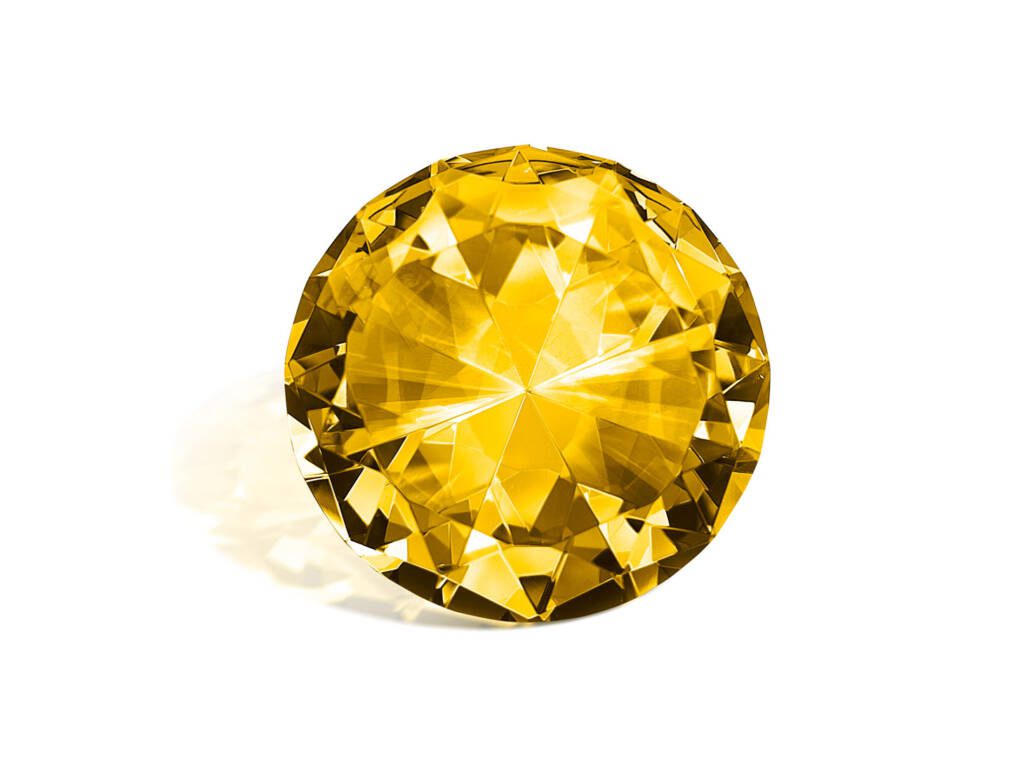
“The first ever yellow diamond we had was presented at our studio’s opening day. But the next day we couldn’t find it anymore. We had lost it! After a whole day of searching we finally found it in the rubbish bin between wrapping sheets! Oh my gosh, we were super lucky we found it before the rubbish collectors arrived..” – Karin Parras
Let’s take a step into the world of fine jewellery, where every piece tells a story. Today we’re going to take a closer look at one of the rarest gemstones known – the yellow diamond.
Sunshine captured in crystalline form.
Yellow diamonds shine a golden aura that sets them apart from their colourless counterparts. Their hue ranges from delicate pale lemon to vivid canary. The colour comes from the traces of nitrogen in their atomic structure. The more intense the yellow hue, the rarer the diamond.
1. Colour:
At the heart of every yellow diamond lies its breathtaking colour.
A spectrum ranging from faint lemon to deep canary. Deeper the colour the more sought after the stone.
2. Cut:
The art of diamond cutting is a delicate balance between maximising brilliance and preserving the stone’s natural colour.
3. Clarity:
The clarity of a yellow diamond is defined by its freedom from internal flaws or inclusions.
4. Carat Weight:
The carat weight of a yellow diamond determines its size, with larger stones being exceptionally rare and highly sought after.
The allure of yellow diamonds have captured the hearts of jewellery enthusiasts for centuries and will continue to do so for generations to come.
In recent years the use of yellow diamonds in engagement rings have gained popularity. As the recent engagement trends encourage uniqueness.